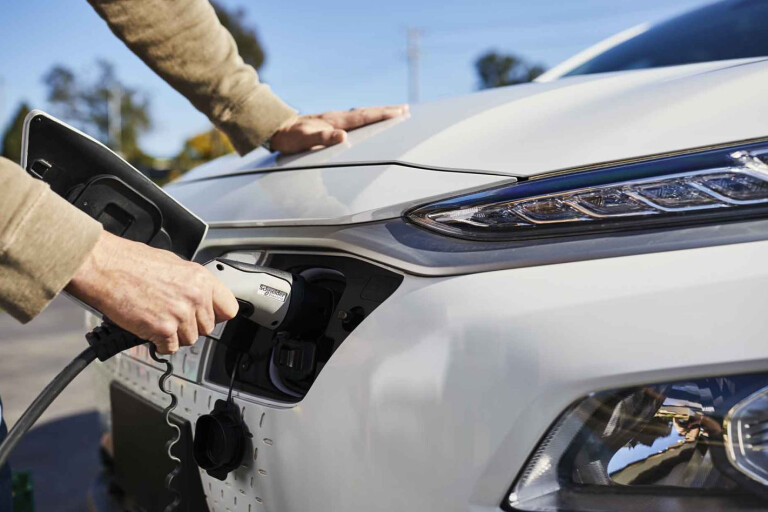
Snapshot
- Run down of what's happening across the country
- Six states/territories offer incentives
- Three have implemented or have plans to tax road users
It’s 2021 – the year of the EV announcement. The Feds have sat back too long and now the states are taking over, but will it last and for how long?
Leading the charge are, unsurprisingly – the eastern states. New South Wales and Victoria have both, for better or worse, recently revealed strategies aimed at incentivising the purchasing of electric vehicles and investments in their own infrastructure.
Meanwhile, the ACT and Queensland also outlined new plans in June, followed by the Northern Territory and Tasmania in July and South Australia in August – all offering a range of perks for those considering the swap.

While all states are investing in a charging station boom of some kind, only Western Australia is left not offering a draw for Aussies to make the move from ICE to electric.
But, and it’s a big but, three of them – NSW, VIC and SA – also want to charge EV owners for driving on the roads.
Victoria has come under considerable heat for implementing its tariff from July this year, whereas NSW and SA won’t begin charging EV owners until 2027, or when 30 per cent of the state’s vehicles are electrified – whichever comes first.
“We’re taking big steps to achieve net zero emissions in Victoria by 2050,” a spokesman for the Victorian Government said in its defence. “We know transport is one of the state’s biggest emitters - and through our Zero Emissions Vehicle Roadmap, we’re accelerating the uptake of these vehicles by making them accessible to more Victorians.”
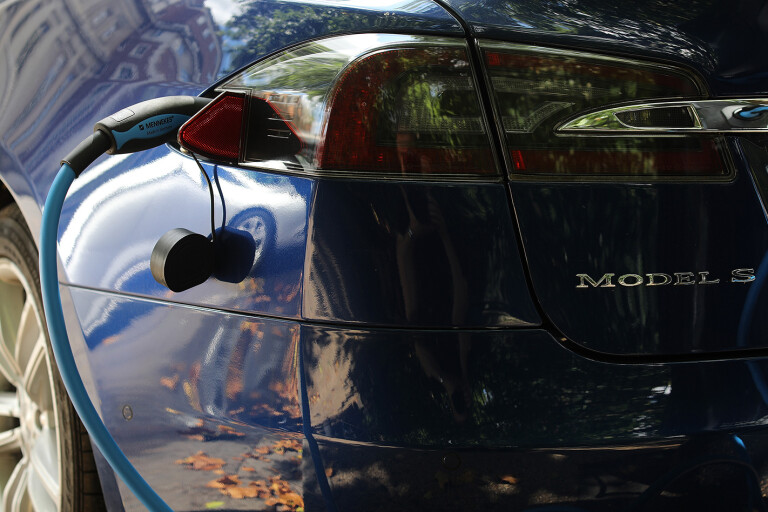
But earlier this year NSW Treasurer Dominic Perrottet announced his Government’s plans to invest $490 million in removing barriers to EV uptake and to encourage people to buy over the next four years – an approach which has been widely praised by the industry despite also choosing to go down the path of introducing a road-user charge.
“Our comprehensive strategy is about making sure we have the right mix in place to incentivise the take-up of electric vehicles while ensuring everyone who drives on our roads contributes to funding and maintaining them,” Mr Perrottet said.
Interestingly, when asked about plans to tax EV owners, the ACT said its own strategy relates to the idea of levying a charge against all vehicle types, something the Federal Chamber of Automotive Industries is keen to see become a reality.
“We shouldn’t be talking just about EVs – we should be talking about major automotive tax reform,” said FCAI’s Chief Executive Tony Weber.

“At the moment we have a whole host of taxes on our cars – there’s GST, stamp duty, rego, the licence fee, the fuel excise and in some cases the LCT. We could eliminate all of those and just have one single, nationally consistent, charge based on how many kilometres you drive in a year, regardless of what technology cars have.
“The problem we have here is the fuel excise is collected by the Federal Government but now the road user charges are being/will be paid to the individual states.
“In an ideal world the Government would be [centralising vehicle taxation] now, but it’s still something we could plan for in the future. There’s a very real danger if the six states and two territories go it alone, the red tape to undo all that would be too substantial. The longer the Federal Government is inactive in this space the more difficult it is going to be to deal with.”
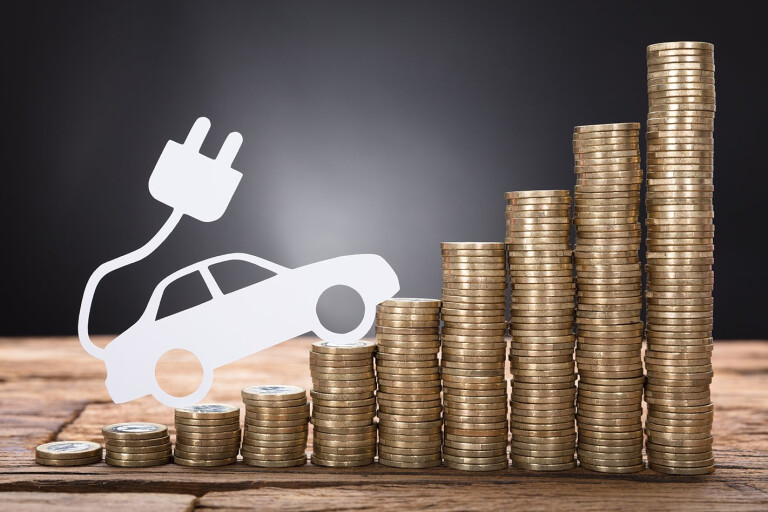
The FCAI exec also slammed the Government’s lack of CO2 emissions regulation, with the body having had to introduce its own industry-led scheme last year, whereby car manufacturers report their vehicles’ performance of their own volition.
"Government’s shouldn’t be in charge of picking technologies, they should be providing the emissions targets and letting the carmakers figure out what mix of products to bring in.
"Saying ‘we want 30 per cent EVs by X date’ is absolute rubbish, the 30 per cent could be very fuel efficient but the 70 per cent could be the most polluting cars going," Mr Weber added.
While the Government did not respond on its lack of CO2 targets, it has said it is working “collaboratively with state and territory governments to consider the revenue and other implications of increased uptake of low and zero emissions vehicles” – essentially what it is going to do about the loss of fuel excise as EVs gain popularity.
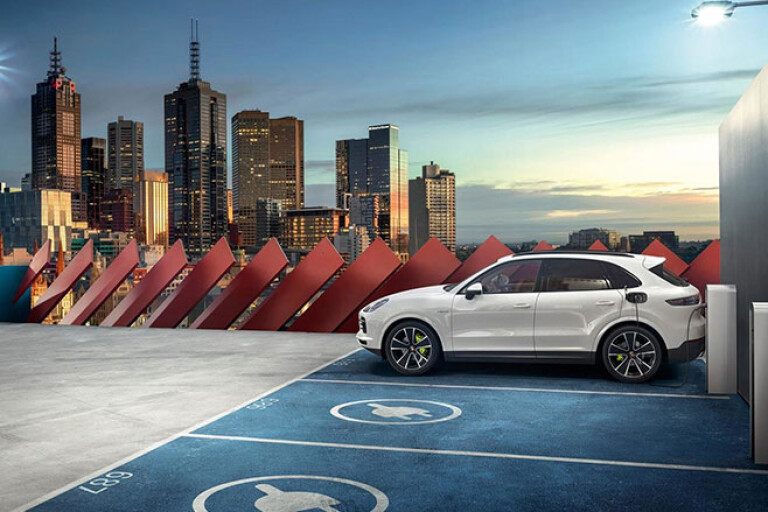
It also claims to be focused on "practical actions” which will enable the private sector to commercially deploy low emissions road transport technologies at scale.
In September last year it revealed its ‘Future Fuels Package’, at the centre of which is a $74 million fund for businesses to start integrating new vehicle technologies into their fleets, and to address blackspots in public charging and refuelling infrastructure.
Then in July 2021, the first stage of the Package was announced – with $24.55m being awarded to five energy companies to roll out 403 electric vehicle fast charging points across the country. Each would have a 50kW capacity and be able to charge two cars at once.
More on its strategy will be revealed later this year.
“The Government will continue to co-invest in building Australia’s public charging network through the Future Fuels Fund,” a spokesperson added.
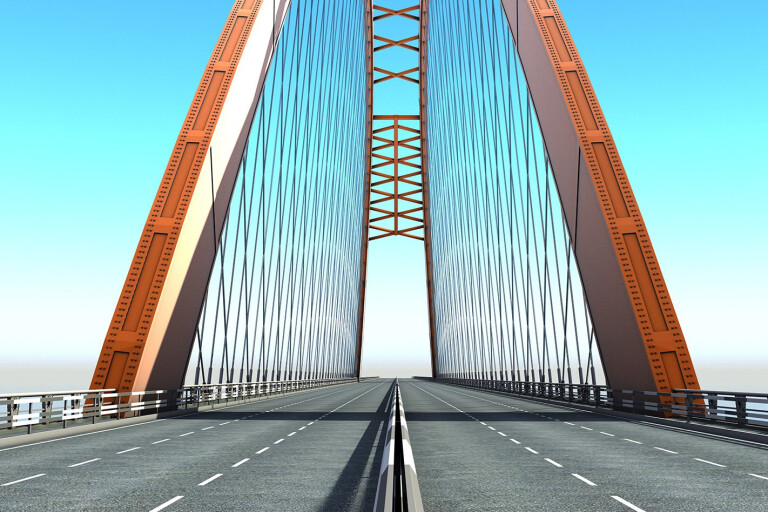
New South Wales
Incentives
- $3000 rebate for the first 25,000 EVs or FCEVs sold which are priced under $68,750
- Stamp duty waived on both types of vehicle under $78,000 – all from September 1, 2021.
Tax
- 2.5c/km BEV, 2c/km PHEV – but only as of July 1, 2027
Charging network
- $171 million investment in infrastructure, including; $131m on ultra-fast chargers
- $20m in grants for destination points and $20m for topping up at public transport hubs
- Working to deliver 20 fast chargers along the state’s major highways in partnership with NRMA.
Uptake goal
- 50 per cent of all new cars sold to be EVs by 2030.
Click here for more on NSW's plans.
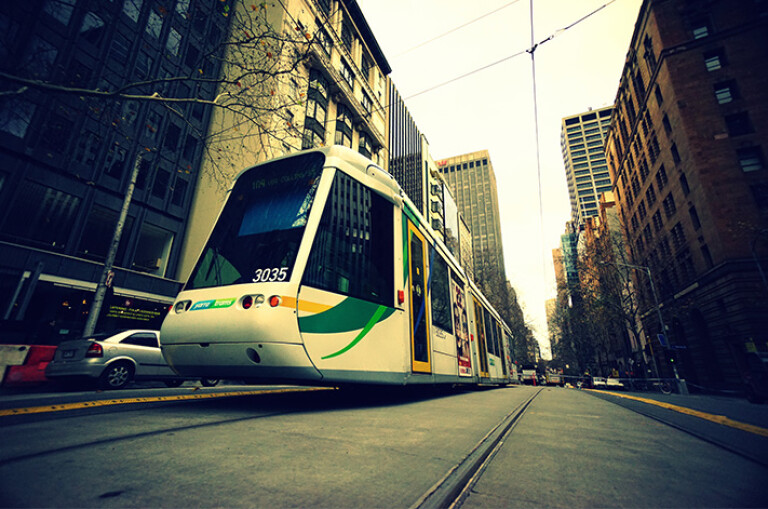
Victoria
Incentives
- $3000 subsidy given for the first 20,000 EVs or FCEVs sold which are priced under $68,740
- Reduced stamp duty rates
- $100 discount on registration annually.
Tax
- 2.5c/km BEV, 2c/km PHEV from July 1, 2021
Charging network
- $19 million will fund plans to quadruple the number of new charging stations state-wide – focusing on regional Victoria and popular tourist sites.
Uptake goal
- 50 per cent of all new cars sold to be EVs by 2030
- $10 million to add 400 EVs to the Government’s fleet in the next two years.
Click here for more on Victoria's plans.

Queensland
Incentives
- Lowest car registration for BEVs – $263 a year (corr. July 2020)
- Lower stamp duty rates than ICE cars.
Tax
- No plans at this time.
Charging network
- Queensland has invested in an ‘Electric Super Highway’, currently the longest electric fast charging highway in the world (in a single state) with 31 EV plug-in sites running from the Gold Coast to Cairns and west from Brisbane to Toowoomba
- Eighteen new charging sites will be added to the Super Highway in phase 3 of the Government’s strategy, spreading into regional Queensland.
Uptake goal
- As of June 1, 2021, there were 4743 BEVs registered in Queensland, 76 per cent up on the year before
- 288 EVs in Government’s fleet by next year.
Click here for more on QLD's plans.
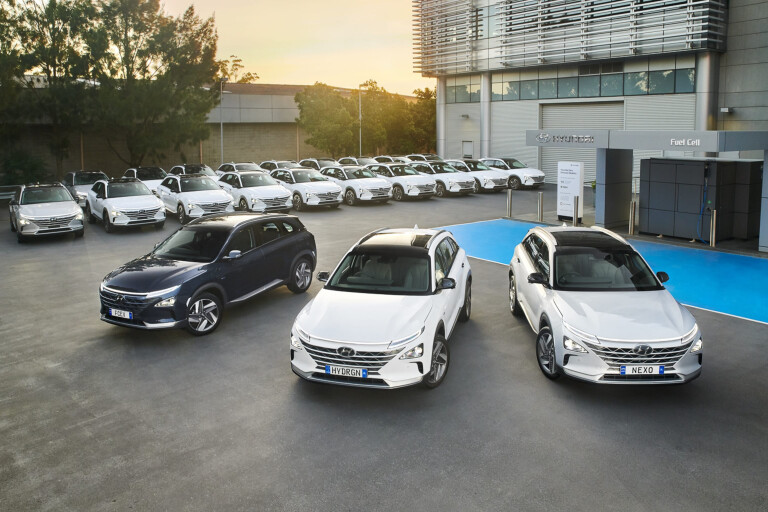
Australian Capital Territory
Incentives
- Two years’ free registration for BEVs and FCEVs as of May 24, 2021
- Older EVs eligible for 20 per cent off rego fees
- Stamp duty may also be waived on vehicles purchased for the first time
- ACT drivers are also able to access up to $15,000 in interest free loans to help cover the upfront purchase cost of an electric vehicle.
Tax
- None yet – Distance and/or congestion based charging for all vehicle types “may be considered in the medium term”.
Charging network
- Currently there are 42 public charging locations in the ACT – with 50 more coming next year.
Uptake goal
- As of May 2021 ACT “fast approaching 1,000 registered electric vehicles
- Net-zero emissions (not just from cars) by 2045.
Click here for more on the ACT's plans.
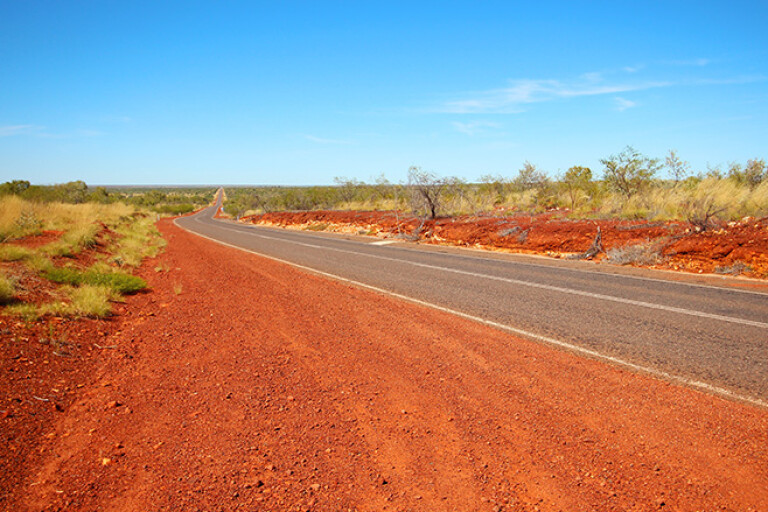
Northern Territory
Incentive
- BEVs and PHEVs to get cheaper rego and stamp duty from July 2022
- No number put on rego but stamp duty to be slashed by $1500
- Discounts to last five years
- Grants for home, workplace and public EV chargers, and opportunities offered to develop local skills to service technology and install infrastructure.
Tax
- None – No current proposal, could possibly be in the long term.
Charging network
- Currently has 32 charging stations – 30 public and two high-powered. The Territory Government plans to install a minimum of 400 charging points at its buildings.
Uptake goal
- In February 2019 (the latest data the NT Government could provide) there were 35 EVs registered in the Northern Territory, including 33 light and two heavy vehicles, representing 0.02 per cent of the total Northern Territory vehicle fleet
- No date yet set for what percentage of vehicle should be EVs
- Government fleet to increase to 200 vehicles by 2030.
Click here for more on the NT's plans.

Tasmania
Incentives
- Two years’ free stamp duty for new and second-hand EVs
- Two years’ free rego on EVs purchased by car rental companies and coach operators.
Tax
- Not plans at this time but will monitor based on what’s happening in other states.
Charging network
- 12 fast chargers plus $600,000 in grants committed to growing the network in regional areas and tourist hotspots.
Uptake goal
- 100 per cent of Government’s fleet to be electric by 2030.
Click here for more on Tasmania's plans.
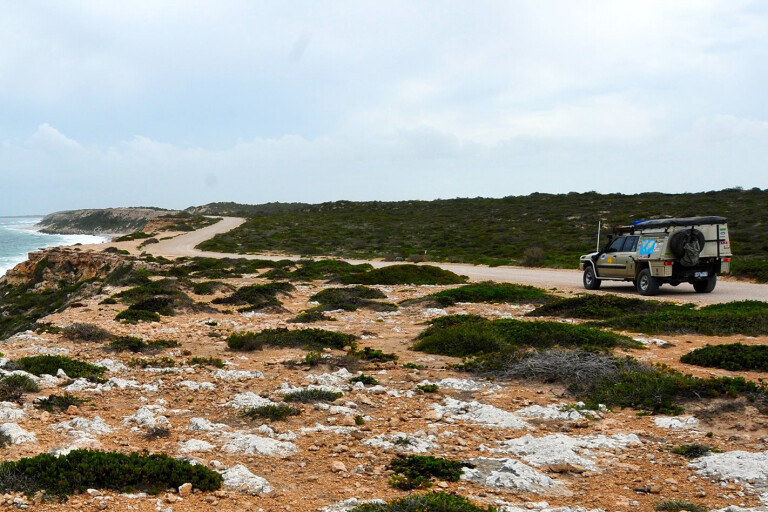
South Australia
Incentives
- 6000 subsidies worth $3000 taken off purchase price at point of sale, for a limited (unspecified) time only.
Tax
- EV tax pushed back from July 1, 2022 to July 1, 2027 or 30 per cent uptake (whichever comes first) – same as NSW
- 2c/km km for plug-in hybrid vehicles, and 2.5c/km for any other electric vehicles
- Calculated and billed in arrears as part of the vehicle registration process and based on the distance travelled since the last renewal.
Charging network
- Investing $13.4million in its charging network – increasing points to 530 state-wide, most of which will have a 7kW capacity.
Uptake goal
- SA Government aims for EVs to be “common choice” by 2030 and the “default” by 2035
- Incorporating PHEVs into its own fleet as costs become more competitive, with a goal of its vehicles being fully electric by 2030.
Click here for more on SA's plans.

Western Australia
Incentives
- EVs exempt from 10 per cent on-demand transport levy.
Tax
- None – not being considered at this time.
Charging network
- 235 charging stations of varying capacity ranging from <22kW to 350kW
- $21million plan to create Australia’s longest EV fast charging network adding 45 new points, expected to be up and running by 2024.
Uptake goal
- Twenty-five per cent of Government's fleet electric by 2025/26.



COMMENTS